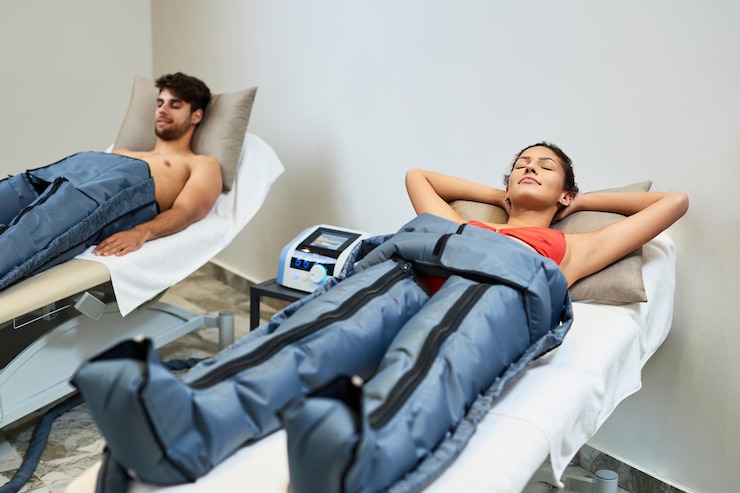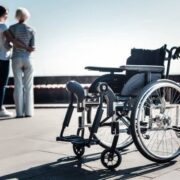
Mobility scooters have become a vital tool in the health field, offering independence and improved quality of life to individuals with mobility challenges. More than just a means of transport, mobility scooters are transforming the way patients, elderly individuals, and healthcare professionals approach daily activities and rehabilitation. This blog explores the different ways mobility scooters are utilized in healthcare and highlights their benefits, challenges, and future potential.
What Is a Mobility Scooter?
A mobility scooter is an electric-powered vehicle designed to aid individuals who have difficulty walking or standing for extended periods. Available in various models, mobility scooters offer features such as adjustable seats, handlebars, and speeds to cater to specific user needs. These devices are especially popular in medical settings, rehabilitation centers, and among the aging population.
Benefits of Mobility Scooters in Healthcare
Promoting Independence and Social Inclusion
- Restoring Mobility: Mobility scooters empower patients to move within and outside their homes without assistance, reducing dependence on caregivers.
- Enhancing Social Life: With increased mobility, individuals can participate in community events, visit family and friends, and run errands, leading to greater social engagement.
Supporting Recovery and Well-being
- Aiding Rehabilitation: For patients recovering from surgery or injury, scooters provide a secure way to stay active while minimizing strain on healing parts of the body.
- Improved Mental Health: Regaining the ability to move independently can boost self-esteem and reduce feelings of isolation and depression.
Benefiting Healthcare Facilities
- Efficient Patient Transport: Mobility scooters assist staff in transferring patients over large hospital grounds or between departments, reducing delays in care.
- Enhanced Accessibility: Clinics and hospitals with scooter-friendly layouts ensure that all patients, regardless of their physical abilities, have equal access to medical services.
Choosing the Right Mobility Scooter in Healthcare
Factors to Consider
- User’s Physical Needs: Height, weight, and mobility limitations affect the choice of scooter model.
- Intended Use: Indoor scooters are generally compact, while outdoor models are larger with improved battery life and rugged wheels.
- Safety Features: Essential features include anti-tip mechanisms, comfortable seating, easy-to-use controls, and adequate lighting.
Healthcare professionals should be trained in educating patients on the safe operation and maintenance of mobility scooters. Providing clear instructions and ongoing support ensures optimal use and reduces the risk of accidents.
Challenges and Considerations
Accessibility and Cost
- Infrastructure Modifications: Healthcare facilities may need to install ramps, widen corridors, and provide designated charging stations to accommodate mobility scooters.
- Affordability: While some insurance plans may cover mobility scooters, high costs can be a barrier for many individuals.
Safety Concerns
- Proper Assessment: Not all patients may be suitable candidates for scooter use; physical and cognitive assessments are necessary before providing access.
- Regular Maintenance: Routine checks are required to ensure scooters remain in good working condition and safe for use within healthcare settings.
Emerging technologies, such as smart sensors and GPS navigation, are making mobility scooters safer and easier to use. As the global population ages and the demand for accessible healthcare grows, mobility scooters will continue to play a key role in promoting independence and patient-centered care.
Conclusion
Mobility scooters are more than just vehicles—they are powerful tools that support independence, facilitate recovery, and make healthcare environments more inclusive. By thoughtfully integrating mobility scooters into patient care, healthcare providers can enhance the well-being and dignity of those facing mobility challenges.














